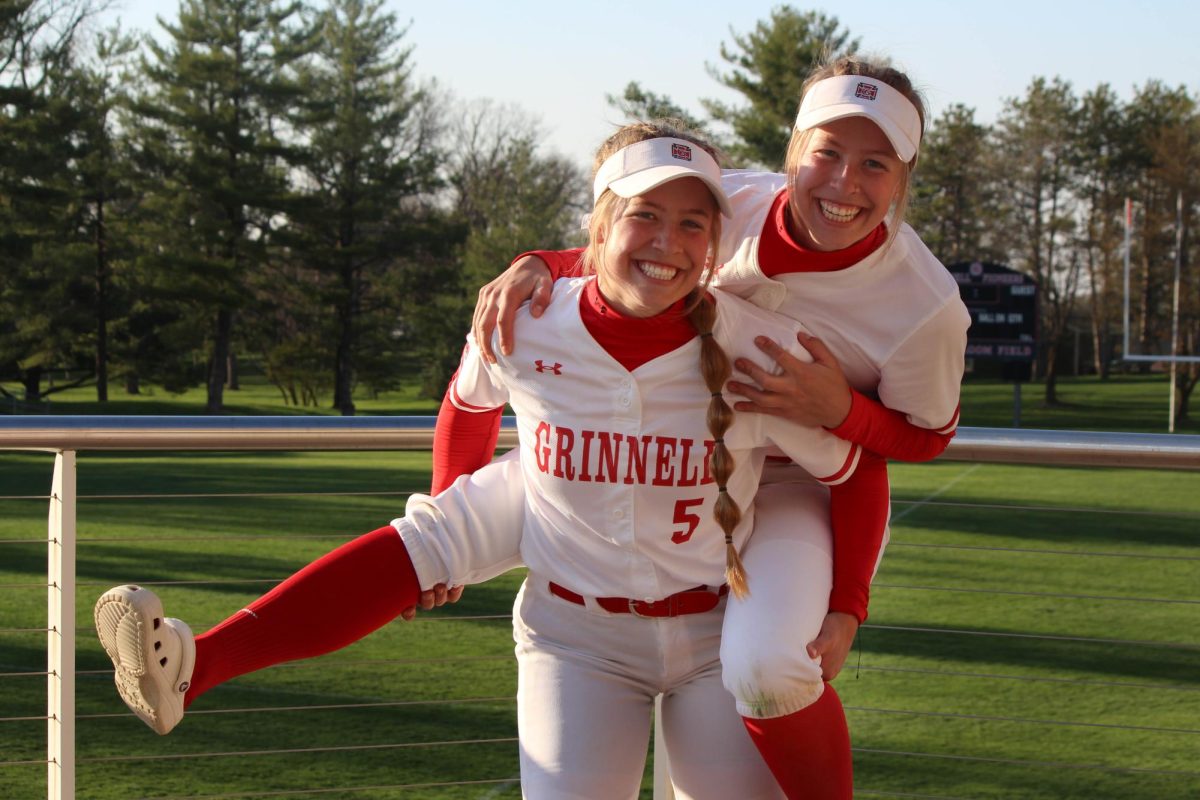Joe Rosenfield ’25 arrived on campus in 1921 and within two weeks, he fell in love with Grinnell. The Des Moines Register, in their 1981 profile of Rosenfield, commented that “everyone should have such a lover.”
If only everyone could. Rosenfield devoted his life to Grinnell, bringing the College’s endowment from around $11 million in 1968 to over $1 billion by the time of his death in 2000. With this feat, Rosenfield “made money grow faster and longer than almost anyone else alive,” according to Money’s 2000 profile.
Rosenfield was born in Des Moines in 1904 and made his first personal investment shortly after the 1929 stock market crash. After graduating from Grinnell, he practiced law for over 20 years before becoming the chairman of Younker’s department store, which had recently purchased his family’s Des Moines department store. In the 1960s, as he neared Younker’s mandatory retirement age of 65, Rosenfield began to devote more of his time to the College.
His only child died in 1962 and, after his wife died in 1977, Grinnell remained Rosenfield’s one true passion. In 1967 Rosenfield was introduced to an investor from Omaha, the then-unknown Warren Buffett. They met at Rev. Martin Luther King Jr.’s speech on campus and immediately hit it off. They remained friends for life and Buffett said that “if after my dad’s death I could have adopted Joe as my father, I would have,” according to the Money profile.
Buffett joined Grinnell’s Board of Trustees in 1968 and with Rosenfield, they began to make the unconventional investments that the College is known for. They bought a significant amount of shares in Buffett’s Berkshire Hathaway and purchased a TV station in Dayton. The school put up 10 percent of the original investment for a new company started by another Grinnell alum, Robert Noyce ’49.
Noyce’s company would eventually became Intel, the successful computer firm. Because the College had such a large stake in his company, Noyce became consumed with fear that he would not only bankrupt himself, but also the College. Noyce eventually convinced Rosenfield to sell his Intel shares in 1980, for $14 million, a profit of over 4,000 percent. If Rosenfield had ignored Noyce and trusted his
instinct to hold out, the original shares would probably be worth billions of dollars today. Rosenfield has since said selling the Intel shares was the biggest mistake he ever made.
Rosenfield’s other returns were not as impressive as the Intel investment, but still paid off for the college. The board sold the Dayton TV station to the Hearst Corporation in 1981 for $49 million, a 281 percent profit. In the early ’90s, the College sold its shares in Berkshire Hathaway for $3.7 million.
Rosenfield died in June 2000 at the age of 96. Despite his contribution to the College, he had refused to let anyone name a building after him. President Osgood visited Rosenfield on his death bed to tell him they were going to give a building his namesake after he died.
Rosenfield relented, saying it was alright, as long as it wasn’t a gym.





























































louise omar • Jul 23, 2012 at 11:38 am
Being a close family member of Joe Rosenfield gives me a completely different take on the man and his values and goals. That’s all. Interesting..